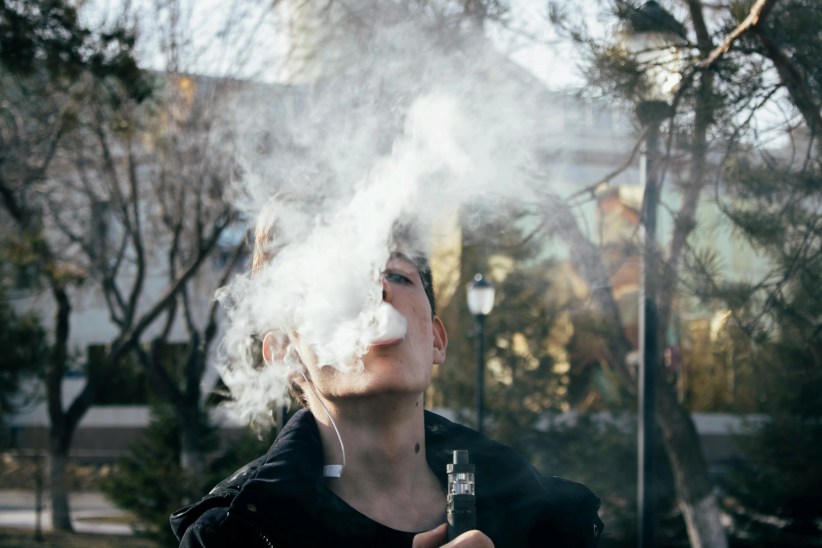“Winter may seem like a time when there’s not much to see in a garden,” said Fred Gerber, Queens Botanical Garden’s (QBG) Director of Education Emeritus, but he insists that there’s “a world people often overlook.”
On Saturday, February 2, at 1 p.m. Gerber will once again offer his free, 75-minute tour of the Garden’s fascinating wintering plants, the “Bark & Buds Tour.”
Gerber delights in dispelling the notion that the garden is “dead” in the winter, by hunkering down to move sheltering leaves, revealing plants like the delicate Winter Daphne and the Christmas Rose, showing delicate pale green and white fiddlehead buds shooting from the earth in mid-winter.
Evergreens, like the three Atlas Cedars which frame QBG’s Main Street gate have leaves, Gerber points out. That’s what the “needles” actually are, leaves shaped to avoid damage from cold and snow, with a waxy coating to retain moisture.
Other favorites of Gerber’s are the weeping Japanese Scholar tree nearby. “This is considered a luck tree in Asia,” said Gerber that also illustrates some ancient history.
“North America and Central Asia share a plant heritage since both were part of the Pangaea, the super continent that existed 250 million years ago. For instance, both continents have Magnolias.”
Some plants are more noticeable in winter just because other plants have shed their cover, Gerber explained. “A good example is the Garden’s Crape Myrtle, which is easy to overlook in warm months but stands out in winter,” he said.
The Crape Myrtle’s attractive, mottled, tan bark is an interesting contrast with the dark winter tableau that surrounds it.
Gerber also pointed out that some plants shed their leaves but continue to photosynthesize in the winter. He pointed out a Warminster Broom, a shrub with thin green stems.
“Brooms are great in winter. The stems are green because they photosynthesize in winter like cacti. Brooms are actually a type of pea plant that grow wild in much of Europe and Asia.”
Other plants, like Lavender, cover their leaves with a fine coat of fur in winter.
Wearing a warm coat is also good idea for those who want to enjoy the outdoor tour. QBG also offers free tours at 12 noon of its Visitor & Administration Center, the most ecologically advanced building in New York City, on the first and third Saturday of each month.
The Garden is located at 43-50 Main Street in Flushing, close to stops on the Q44 and Q20 bus. For more information, call 718-886-3800, Ext. 200, or visit www.queensbotanical.org.































